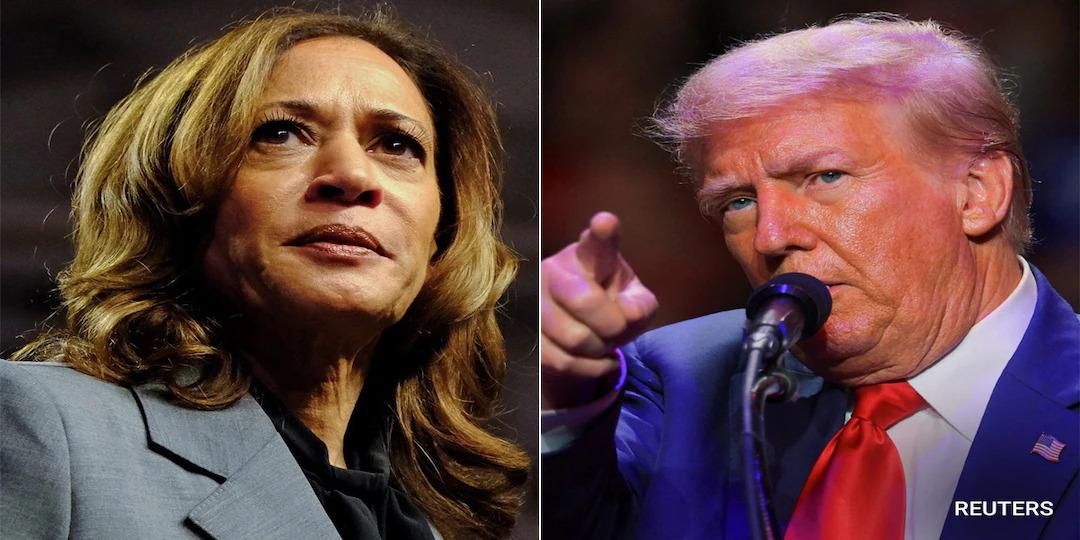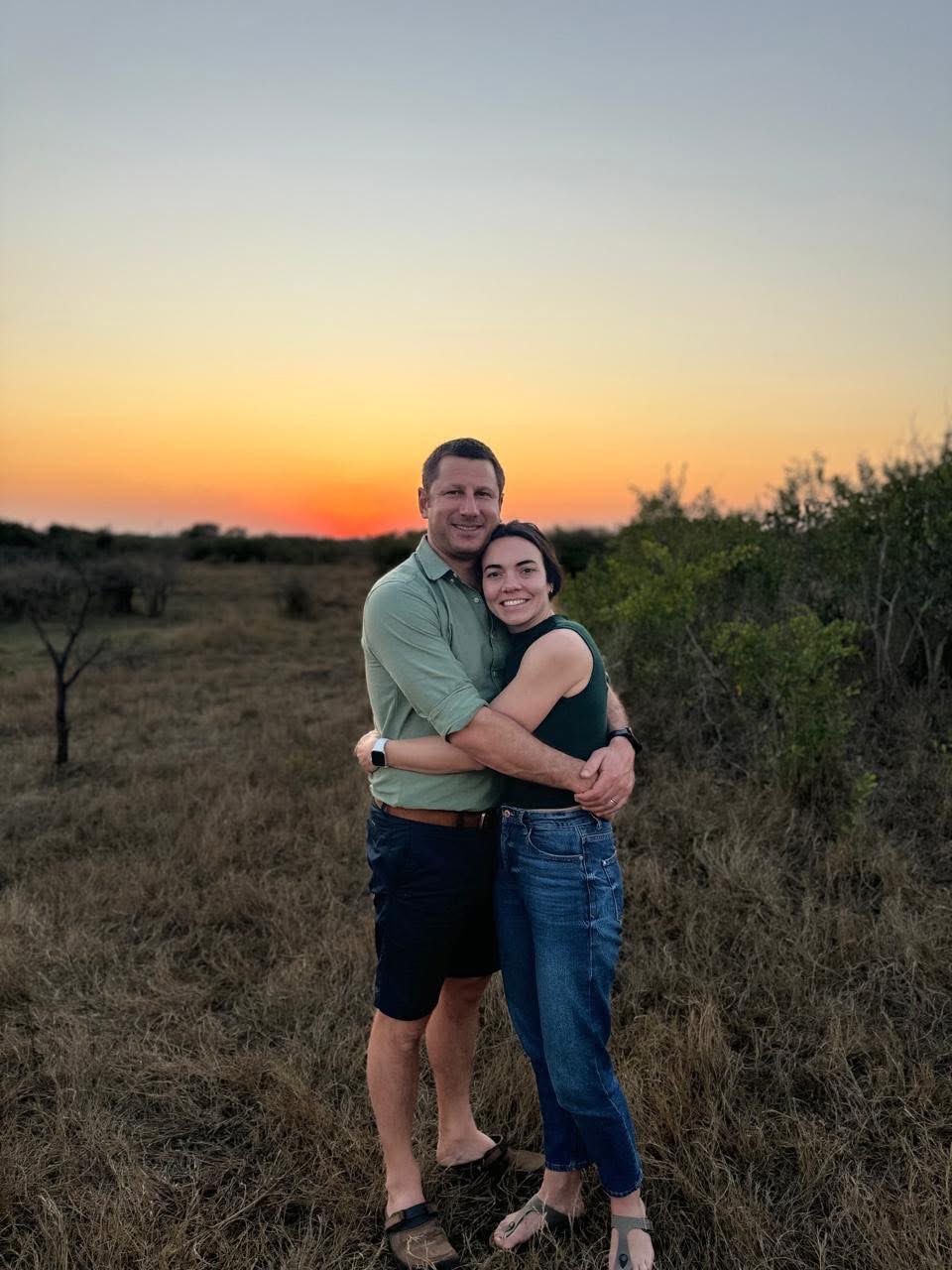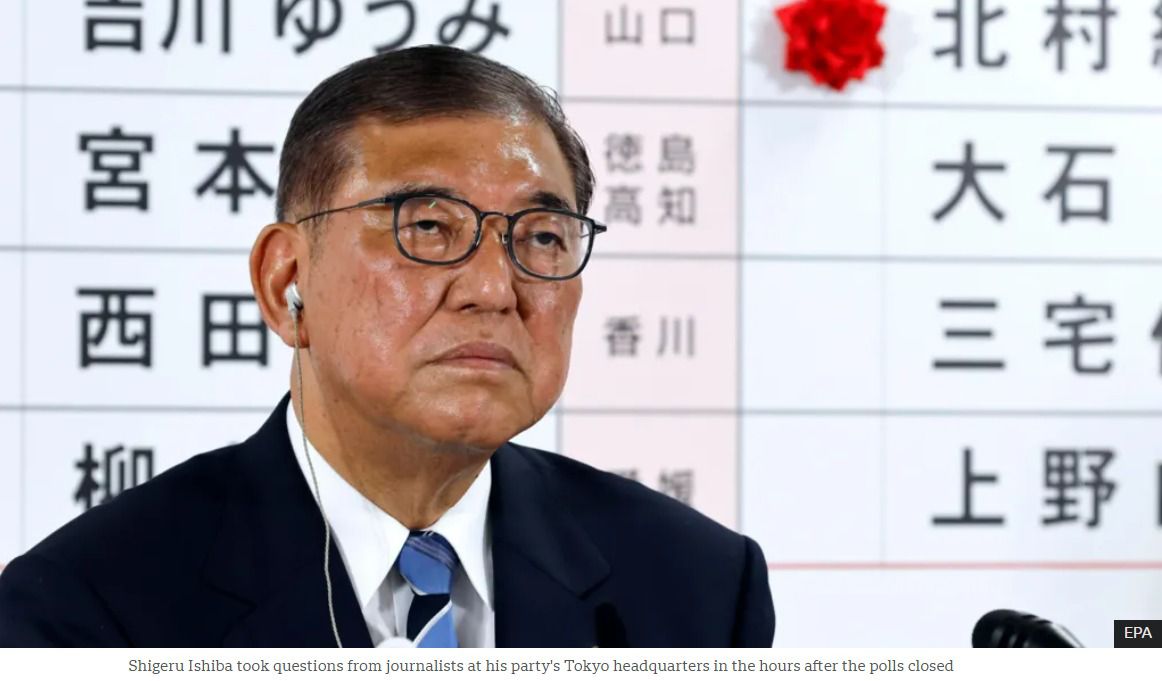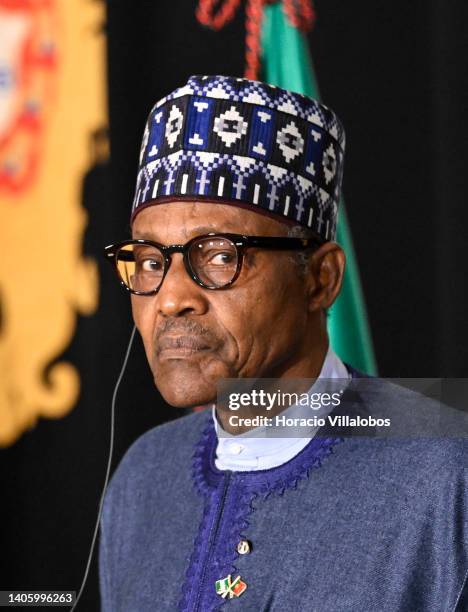NewYork, USA — It’s Election Day in the United States, and Americans face a historic choice: electing Vice President Kamala Harris, who would become the country’s first female president, or returning former President Donald Trump to office for a second, non-consecutive term. Following an intensely combative campaign, polls suggest a virtual tie between Harris, 60, and Trump, 78, making this one of the most closely contested presidential races in recent history.
With many states on edge, officials have ramped up security to guard against potential unrest. In Nevada, a security fence now surrounds the building where votes are being tabulated, and Arizona has deployed drones and snipers to monitor potential disruptions. At least three governors have activated National Guard troops to maintain order, a testament to the anxieties surrounding this contentious election. The tension is especially palpable in battleground states like Nevada and Arizona, which witnessed intense protests from Trump supporters following the 2020 election. Now, these same states are bracing for possible reactions as ballots are counted.
Over 80 million Americans had already voted before Election Day, either by mail or in early voting, underscoring both the high stakes of this election and the record-breaking voter turnout. The University of Florida’s Election Lab reported this unprecedented level of early voting, which could expedite initial vote counts in some states but still may not yield an immediate, definitive result if margins remain tight. With mail-in ballots still being counted and potential delays in certification, the final outcome might remain uncertain for days, further testing the patience of a polarized nation.
In addition to security concerns, the stakes of this election resonate globally. Analysts are closely watching the outcome for its potential effects on international markets and economic policies. Some experts suggest that markets might actually prefer a scenario of divided government, where opposing parties control different branches, as it can limit drastic policy shifts. With issues like inflation and trade policies on the line, the outcome could have a significant impact on economic trends both in the U.S. and worldwide, especially as investors assess the implications of either candidate’s potential policies on taxes, regulations, and trade.
Meanwhile, Harris’ ancestral village in Thulasendrapuram, Tamil Nadu, India, is celebrating in anticipation of a possible victory. Residents of the small town, where Harris’ maternal grandfather was born, conducted a traditional Hindu prayer ceremony, offering flowers and bananas in her honor. Led by a local priest, the villagers prayed for Harris’ success, seeing her potential election as a moment of pride and a historic achievement for the community.
Throughout the campaign, Harris has championed her historic candidacy, appealing to diverse groups of voters and highlighting her experience as Vice President. She spent her final rally in Pennsylvania, where she emphasized the critical importance of voter turnout. Her event in Philadelphia included celebrities like Lady Gaga and Oprah Winfrey, adding star power to her last push. “This could be one of the closest races in history,” Harris told the crowd. “Every single vote matters.”
Trump, meanwhile, wrapped up his campaign in Michigan, where he was joined on stage by family members — though notably absent was his wife, Melania. His speech emphasized a return to his “America First” policies and included a sharp critique of the Biden administration’s handling of the economy. Despite steady job growth and easing inflation, Trump has attacked the administration on economic grounds, focusing on fears about job security and financial stability. Polls show his message has resonated with some voters, including gains among Black and Latino voters, groups traditionally less aligned with the Republican Party.
As the election unfolds, all eyes are on seven key battleground states that will likely decide the presidency. These states, including Pennsylvania, Michigan, and Arizona, use the U.S. Electoral College system, which allocates electoral votes based on state wins rather than the national popular vote. This winner-take-all system in most states means candidates must focus heavily on these critical regions to reach the required 270 electoral votes. With many of these states historically swinging between Democratic and Republican preferences, they could determine the final outcome in this high-stakes race.
NDTV











